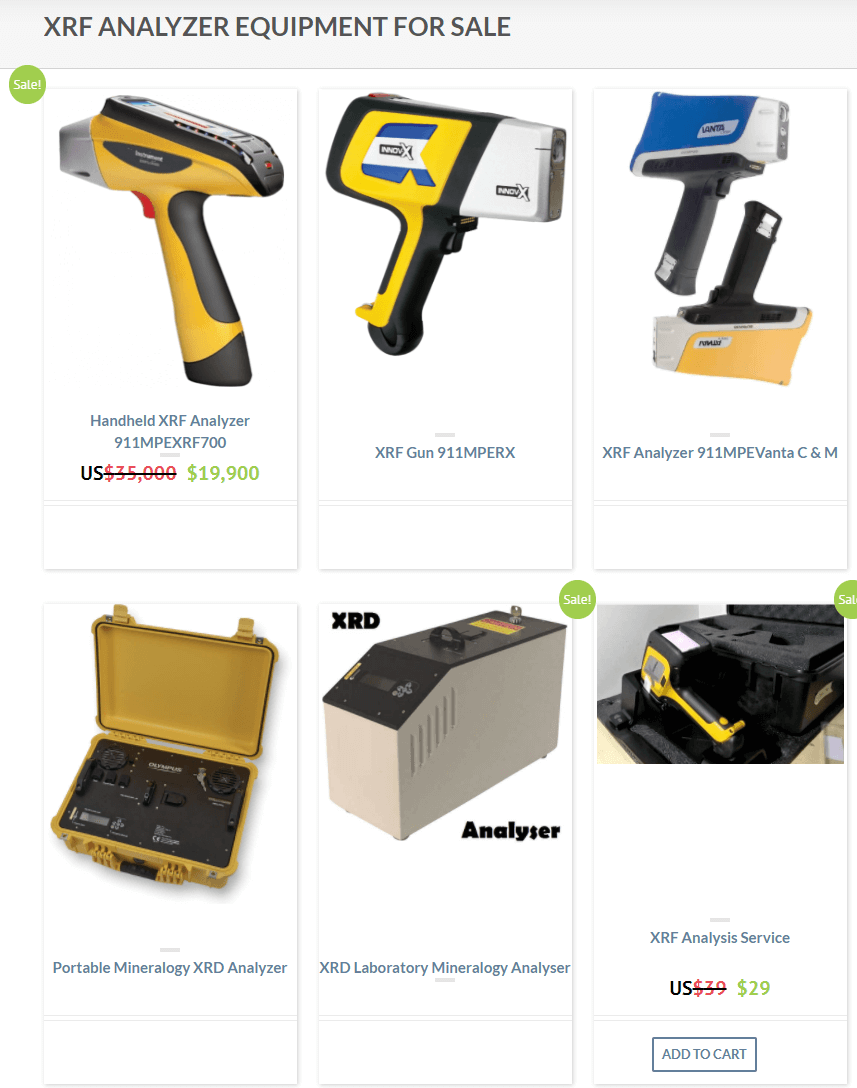But first, I want to start with a basic Principle of XRD and XRF technology and how they are similar and how they differ. So, what is X-ray fluorescence? Very simply put, X-ray fluorescence uses an excitation source to excite elements, electrons within an atom. This excitation will eject an electron from its orbital, and there is a transition at that point from the next orbital, and this transition releases an amount of energy. This energy is directly proportional to the amount of that element within your sample.

Quantitative element analysis, typically magnesium – uranium, it can measure from the ppm level to percent level for most elements. On this next slide, we’re showing the user interface how the operator sees the data output from the instrument. Consists of a graphic output as you can see, and to the right hand side of the slide it also gives you elemental breakdown, concentration and statistical analysis. So that’s the output for X-ray fluorescence. Typical detection limits are shown on this slide here. Typically, detection limits will vary with simple matrix, but these are some general rules that you can apply.
So now we move to X-ray diffraction. X-ray diffraction is a direct minerology tool. It can offer qualitative mineral phase analysis, rough range concentration-wise, 2% – 100%. Other techniques can calculate or derive minerology, but XRD provides a direct minerology and this means that it identifies and quantifies the minerology directly from the crystal structure of your mineral. Continuing on to the next slide, the output of the analysis gives the user a series of peaks for the diffraction pattern. An example of the diffraction pattern is shown on the slide here. The diffraction pattern is then matched against a database of known compounds. There are probably available databases like AMSCSD that focus on mineralogical compounds, and there are subscription databases that can offer a wider range of organic or inorganic substances.
The distinguishing difference between the two techniques are elemental versus minerology. Both techniques use an X-ray source in detector. Both measure to the response of the X-rays interacting with a substance and both provide measurements to help identify a substance. The difference is that XRF is elemental. So, with an XRF you would be able to analyze and detect iron, regardless of its state. The XRD the same analysis will yield information such as hematite or magnetite shown on the right-hand column. It also can, XRF will give you total elemental calcium, regardless of how it’s structured. XRD can show you the polymorphs, calcium carbonate, calcite versus aragonite versus vaterite. This is the main distinguishing difference between the two techniques.
